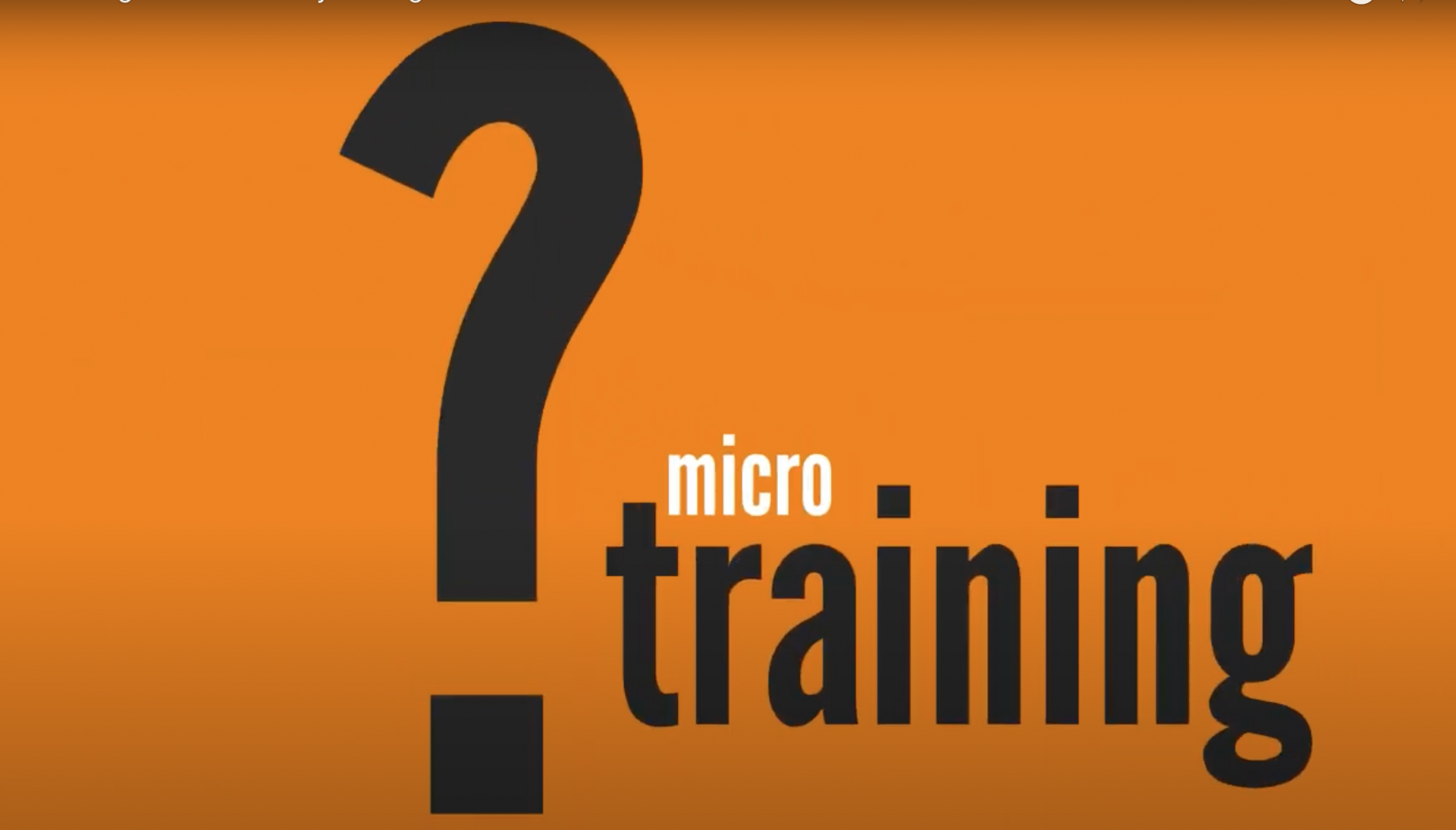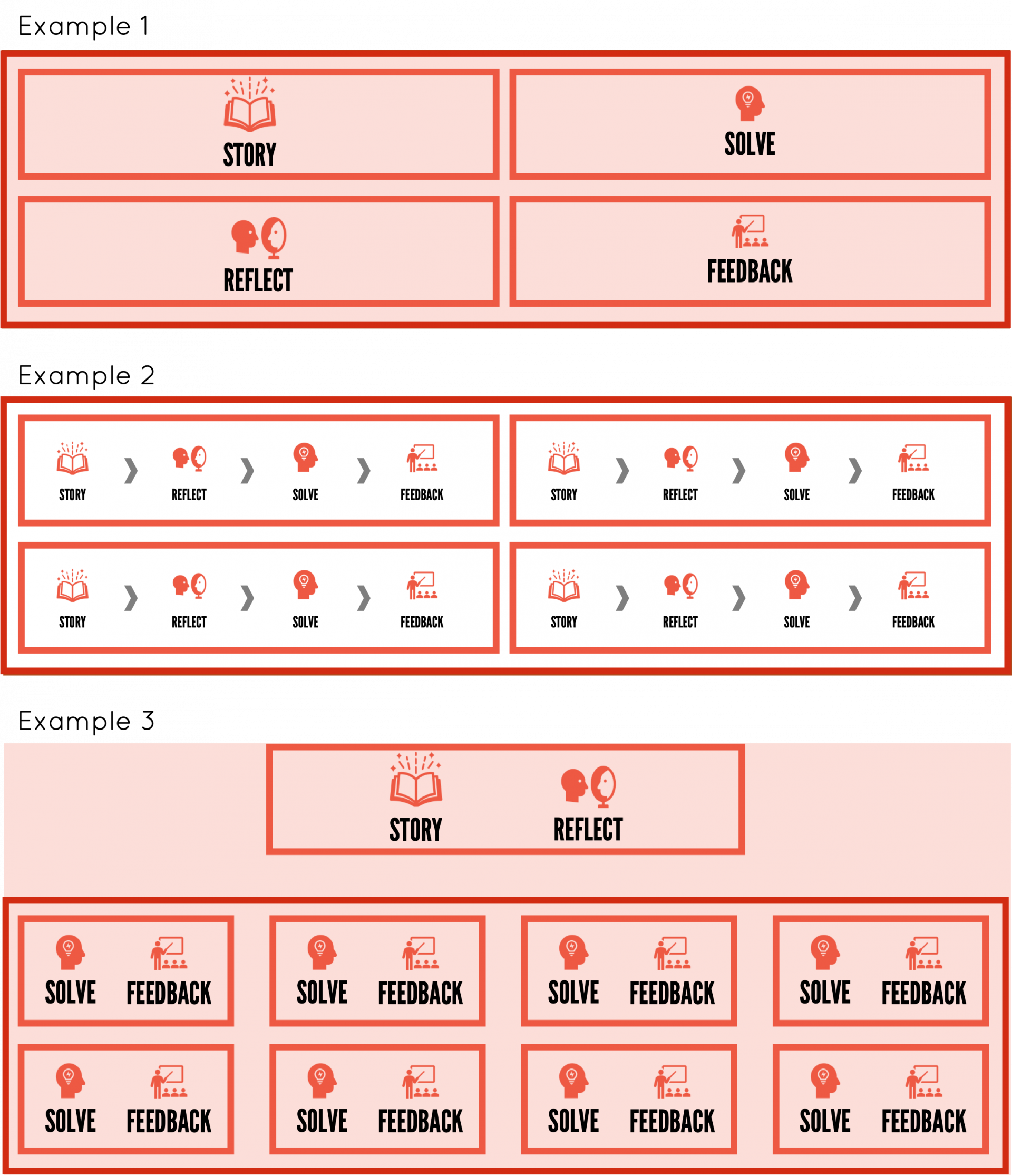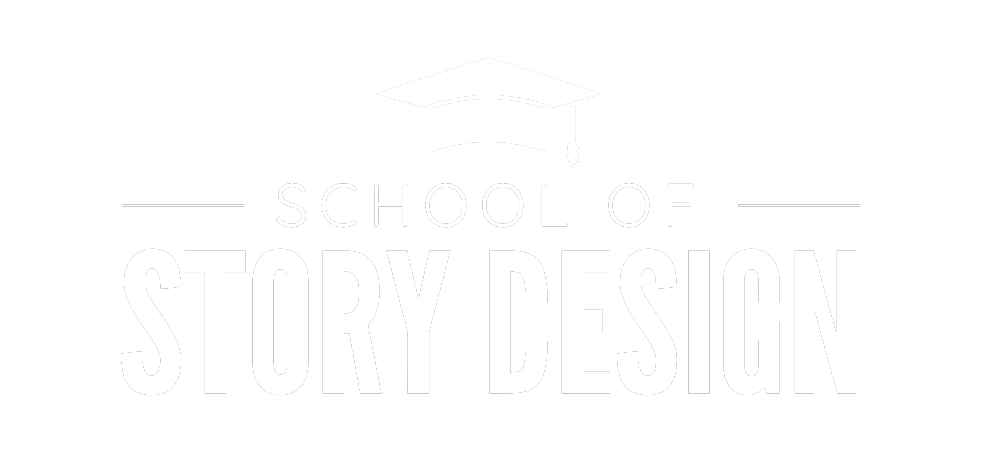Stories for Microlearning
Jan 24

What is microlearning?
And how do you design stories for short learning experiences?
"We need microlearning!"
What exactly are people asking for when they say this?
It's healthy to keep in mind that learning in small doses has been around for time immemorial. Parables, fables and oral traditions are story forms that have been teaching in this way for centuries. Job aids, posters and reference manuals accomplish the same aim: Short training or performance support at the moment of need.
So we don't need to stress when the analysis shows that the best learning solution seems to be a short one. Or a series of short learning experiences. We also don't need to default to video or even eLearning. Having done the analysis, simply ask, "What would be the best delivery method for this group of people?" Lastly, don't arbitrarily put a time limit on how long the course should be, just because it's "micro." Like any other training solution, it should only be as long (or short) as it needs to be.
It's healthy to keep in mind that learning in small doses has been around for time immemorial. Parables, fables and oral traditions are story forms that have been teaching in this way for centuries. Job aids, posters and reference manuals accomplish the same aim: Short training or performance support at the moment of need.
So we don't need to stress when the analysis shows that the best learning solution seems to be a short one. Or a series of short learning experiences. We also don't need to default to video or even eLearning. Having done the analysis, simply ask, "What would be the best delivery method for this group of people?" Lastly, don't arbitrarily put a time limit on how long the course should be, just because it's "micro." Like any other training solution, it should only be as long (or short) as it needs to be.
How do stories fit in the little picture?
If it's micro, do I have space for a story?
Yep. Stories don't have to be long. In fact, most stories you'll see here on the School of Story Design are less than two minutes. In that tiny space, you can fit a lot of memorable action.
How do I structure a series of microlearning courses with a story?
Just as there are limitless ways to deliver short learning, there are many ways to weave the story into the learning experience. Keep in mind the flow of Story Designed training:
Yep. Stories don't have to be long. In fact, most stories you'll see here on the School of Story Design are less than two minutes. In that tiny space, you can fit a lot of memorable action.
How do I structure a series of microlearning courses with a story?
Just as there are limitless ways to deliver short learning, there are many ways to weave the story into the learning experience. Keep in mind the flow of Story Designed training:

Tell the story. Ask a questions that gives the learner a moment to reflect (especially on the emotions in the story). Give them something to solve. Give them feedback. Using this method, you allow the learner to observe, critically think, process the emotions and attempt to solve the conflict, all before the training takes place (feedback). In microlearning, this pattern can show up in various ways, dividing up the components of the training into different modules, (as in Example 1 below), including the entire pattern within each module (Example 2) or telling the entire story that covers all of the actions and breaking the modules up into smaller cycles of Solve > Feedback (as in Example 3).

So what about the story?
In our January 2022 Roundtable, Rance leads a discussion about microlearning and shows a story-based microlearning example. Visit the Roundtable page and scroll to the bottom to watch the recording.
To learn how to create an instructional story, register for the Instructional Story Design course and master the technique! Or take a peek at what's inside the book. If you like what you see, give it a read.
To learn how to create an instructional story, register for the Instructional Story Design course and master the technique! Or take a peek at what's inside the book. If you like what you see, give it a read.
Thousands of instructional designers are transforming the training experience with Story Design. Join the movement!

Training comes to life at the School of Story Design. Instructional designers learn how to write, produce and train with stories for meaningful learning experiences.
Copyright © 2025
Emails are coming your way!

